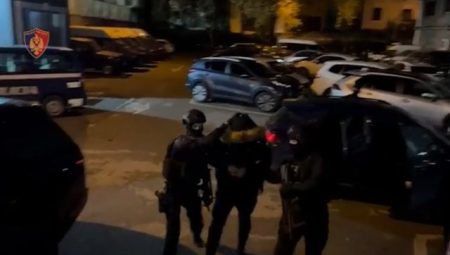The Prime Minister of Kosovo, Albin Kurti, while recalling the Dubrava massacre, stressed that this event continues to be one of the most terrible episodes.
Kurti announced that from today in the yard of Dubrava prison, at the place of the shooting, there will be a tombstone in memory of the prisoners killed, wounded and survivors of this massacre.
Full post:
“We had to stand in a row on a concrete football field surrounded by guards. About 100 people were in a row. We stood there for ten minutes, until we were all lined up in a row.
Then, a man climbed into one of the towers and gave the order to shoot. We saw everything. It was a uniform twenty-minute shot from the 5-meter high walls. And everything was pre-prepared.
They held in their hands weapons of various kinds. They fired from the walls. Bombs fell on everyone and people flew. “Chaos occurred as prisoners fled to hide in various prison buildings, their basements or the prison sewer system.”
This is just one of the many testimonies from Dubrava Prison.
The Dubrava massacre continues to be one of the most horrific episodes in our history. 22 years ago, on 22 May 1999, Serbian forces used physical and psychological violence against prisoners for several days, before executing more than 100 of them.
Survivors over the years have shown the horror they experienced in those days, when everyone gathered in the field near the last pavilion and spent hours scared, along with the dead.
The Dubrava massacre was dealt with only in the court proceedings against Slobodan Milosevic at the Hague Tribunal, a process which has remained unfinished.
Today, no trace of this massacre can be seen, as the wards of Dubrava Prison were among the first to be rebuilt immediately after the war, thus making it impossible to preserve traces and events that would serve our collective memory.
But from today in the courtyard of Dubrava prison, at the place of the shooting, there will be a tombstone in memory of the prisoners killed, wounded and survivors of this massacre that marks another testimony of the Serbian genocide against the Albanian people in the spring of 1999.






